What is Cuban Crystal Mountain Coffee? Crystal Mountain is not a place of origin? What are the characteristics of Cuban coffee?
Professional coffee knowledge exchange more coffee bean information please follow the coffee workshop (Wechat official account cafe_style)
In the era of the Blue Mountains in Jamaica, in addition to the Blue Mountains in Jamaica, it was kona in Hawaii and the "Crystal Mountain" in Cuba.
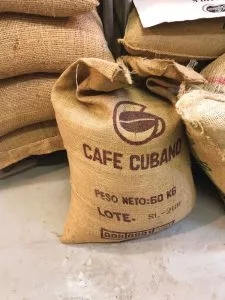
Cuba, located in the Caribbean, is an island country under communist rule, and its capital is Havana.
Coffee was introduced to Cuba in the mid-18th century. Before the 1820s, coffee production had become the main support of the Cuban economy.
Coffee has been grown here for a long time, and the first coffee factory was introduced by Jos é Antonio Gelabert in 1748.
In 1791, when slavery was abolished during the Haitian revolution, French colonists fled to Cuba, bringing better methods of coffee production to Cuba.
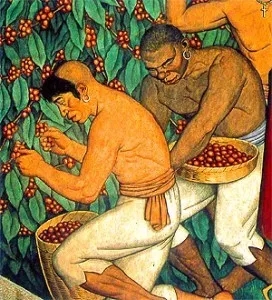
Before the era of Castro, Cuba's coffee industry boomed, and coffee beans were once the number one exporter in Cuba.
In the late 19th century, the price of local coffee plummeted because of government policies and the chaos of the international political situation, so farmers turned to plant other crops.
But in the mid-1950s, Cuba exported more than 20000 metric tons of coffee beans a year, all of which were sold at high prices, with most of the coffee exported to Europe, especially the Netherlands and Germany.
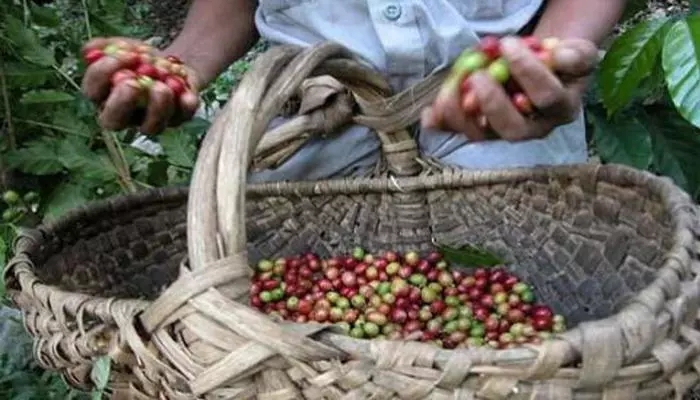
At present, most coffee farms in Cuba are state-owned, but in 1990 the government released part of the land for coffee farmers to grow, but coffee production is still less than in previous years, Crystal Mountain production is very small, and coastal areas are hit by hurricanes from time to time, resulting in a shortage of supplies.
| | planting area |
The planting area of Cuban coffee is divided into three large areas, which are planted on slopes and valleys at elevations of 1000 to 2000 meters, mainly Santiago de Cuba and Granma in the east, villa Clara and Sancti Spiritus in the middle and Pinar del Rio in the west.

These areas have very suitable conditions for growing coffee: moderate rainfall, uniform distribution of humidity throughout the year, and deep and fertile soil.
In 2000, the United Nations Educational, Scientific and Cultural Organization (UNESCO) also listed two coffee producing areas of Santiago and Guantanamo as World Heritage sites.
| | planting variety |
The varieties of coffee grown in Cuba are mainly iron pickups.
Iron pickup (typica)
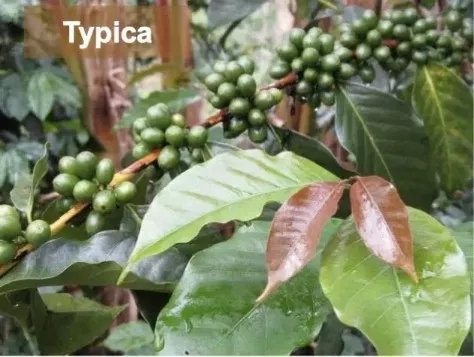
Classic high-quality Arabica species, at present, many commercial improved species are derived from this. It has excellent taste and is recognized as a boutique coffee variety, but its yield is very low and it is vulnerable to rust, so more manpower management is needed. Tieka Coffee, native to Ethiopia and southeastern Sudan, is the most widely cultivated variety of coffee in the Western Hemisphere. The plant is strong, but it is not resistant to light.
| | handling method |
Cuban coffee is mainly washed with natural water.
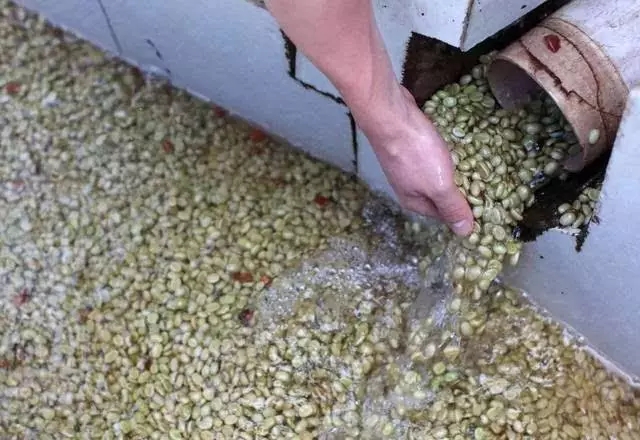
The coffee treated by water washing has bright and clean taste, strong sour taste, weak consistency and less impurities.
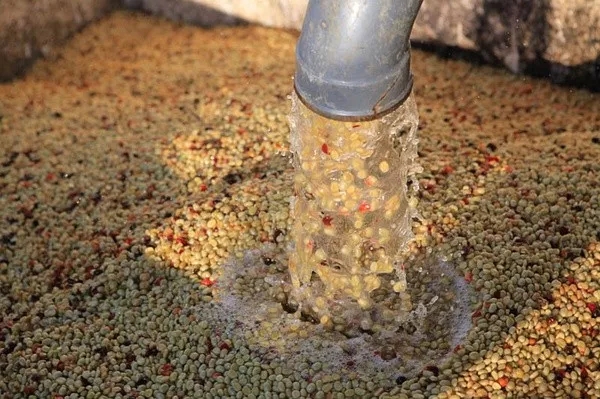
First, add a lot of water to the coffee cherry, rinse away the immature fruits and impurities floating on the surface, select beans, and then use a peeling machine to remove the peel and pulp. Then put it into the fermentation tank to ferment for 18 hours for 36 hours, make the fermentation bacteria dissolve the pectin on the surface of coffee cherries, wash it with clean water, dry it for 1-3 weeks, then dry it with a machine, and use a sheller to remove endocarp, peel, seed shell and silver film, which is quite cumbersome.
| Coffee rating
When it comes to Cuban coffee, the first thing that comes to mind is Crystal Mountain Coffee. But in fact, "Crystal Mountain" is not the name of Cuba's producing area, but a level in the grading system of Cuba's official coffee association!
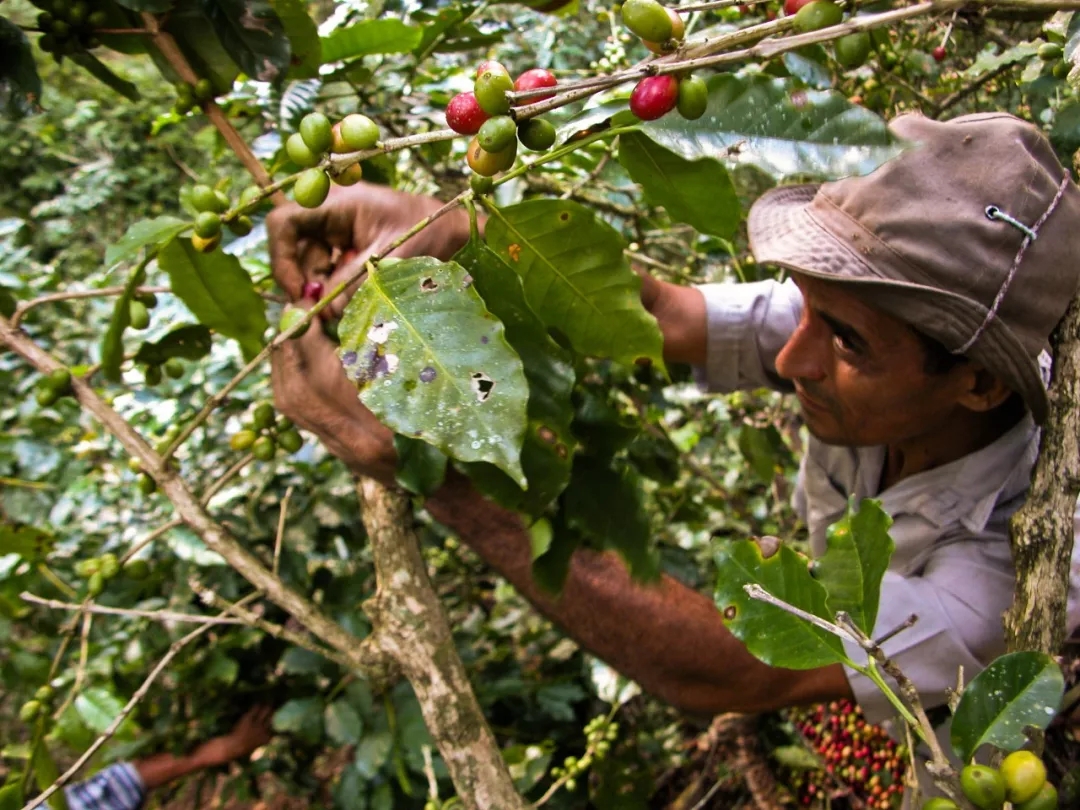
The Coffee Association of Cuba divides coffee beans into nine grades according to particle size and flavor:
Crystal Mountain
Extra turquino
Turquino
Altura
Montana
Cumbre
Serrano superior
Serrano Corriente
Caracolillo
The grade is divided into ETL (extra Super), TL (Middle Pole) and AL (ordinary) according to the size of coffee beans, and Crystal Mountain (Crystal Mountain) is Cuba's most proud high-quality, large-shaped high-end coffee beans. It can also be said that Crystal Mountain Coffee is synonymous with top Cuban coffee.
| | Cuban Coffee "
One of the few ways to handle Cuban coffee has spread all over the world, such as Cortadito, cafe con Leche and cafe cubano.
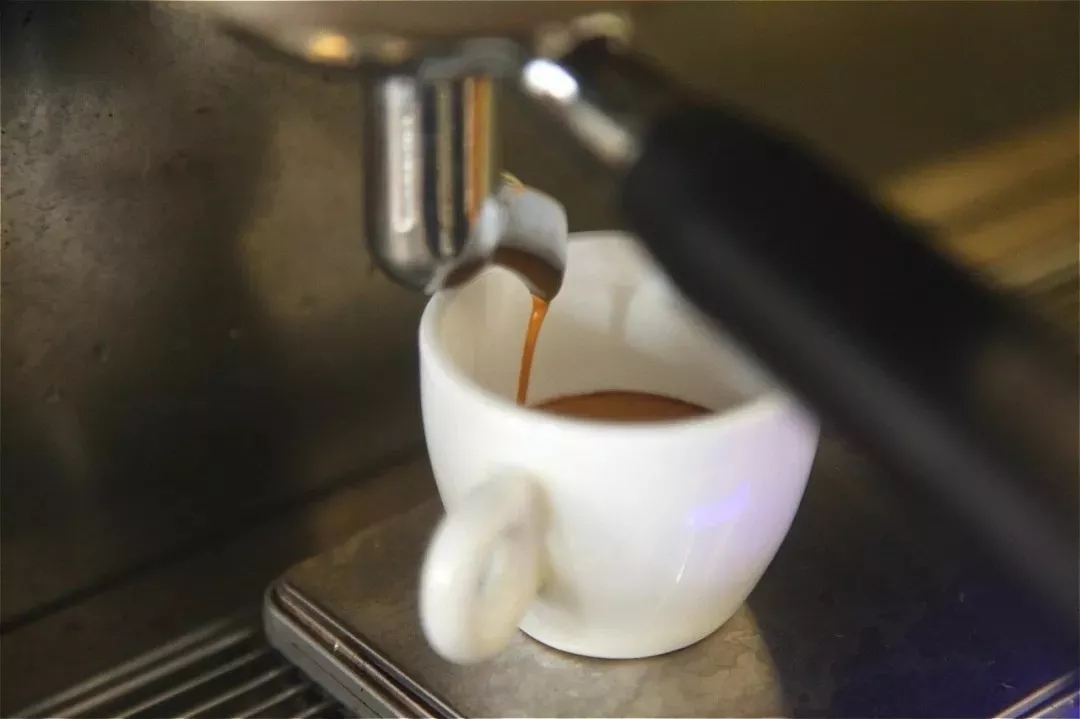
Cafe cubano is a kind of espresso made by adding sugar to coffee powder.
Although it is common to see "Cuban coffee" in many countries, the real Cuban coffee is illegal in the United States, but this is mostly used to describe cafe cubano, and coffee from Brazil is usually used to represent the taste of Cuban coffee, but this situation also makes people worry about causing confusion to consumers and confusion in the marking.
Important Notice :
前街咖啡 FrontStreet Coffee has moved to new addredd:
FrontStreet Coffee Address: 315,Donghua East Road,GuangZhou
Tel:020 38364473
- Prev
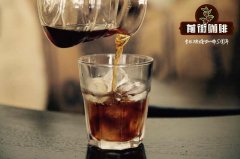
Does Papua New Guinea produce coffee? how about La Marie coffee beans in Papua New Guinea?
Professional coffee knowledge exchange more coffee bean information Please pay attention to Coffee Workshop (Wechat official account cafe_style) as one of the less developed countries in the world, many mountain residents are still living self-sufficient lives of primitive tribes, only the coastal areas are relatively developed. Many farms reclaim land in the forest, some of which are in the depths of the forest, almost isolated from the rest of the world. So
- Next
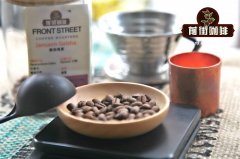
Mexican famous Coffee recommends what kind of Mexican organic coffee do you have?
For more information on coffee beans, please follow the coffee workshop (Wechat official account cafe_style) Coffee in Mexico is classified by altitude, and most of the coffee in the country is used for blending and / or dark coffee. Mexico has grown coffee since the late 18th century, and most of the country's coffee now comes from the southern part of the country.
Related
- Detailed explanation of Jadeite planting Land in Panamanian Jadeite Manor introduction to the grading system of Jadeite competitive bidding, Red bid, Green bid and Rose Summer
- Story of Coffee planting in Brenka region of Costa Rica Stonehenge Manor anaerobic heavy honey treatment of flavor mouth
- What's on the barrel of Blue Mountain Coffee beans?
- Can American coffee also pull flowers? How to use hot American style to pull out a good-looking pattern?
- Can you make a cold extract with coffee beans? What is the right proportion for cold-extracted coffee formula?
- Indonesian PWN Gold Mandrine Coffee Origin Features Flavor How to Chong? Mandolin coffee is American.
- A brief introduction to the flavor characteristics of Brazilian yellow bourbon coffee beans
- What is the effect of different water quality on the flavor of cold-extracted coffee? What kind of water is best for brewing coffee?
- Why do you think of Rose Summer whenever you mention Panamanian coffee?
- Introduction to the characteristics of authentic blue mountain coffee bean producing areas? What is the CIB Coffee Authority in Jamaica?

